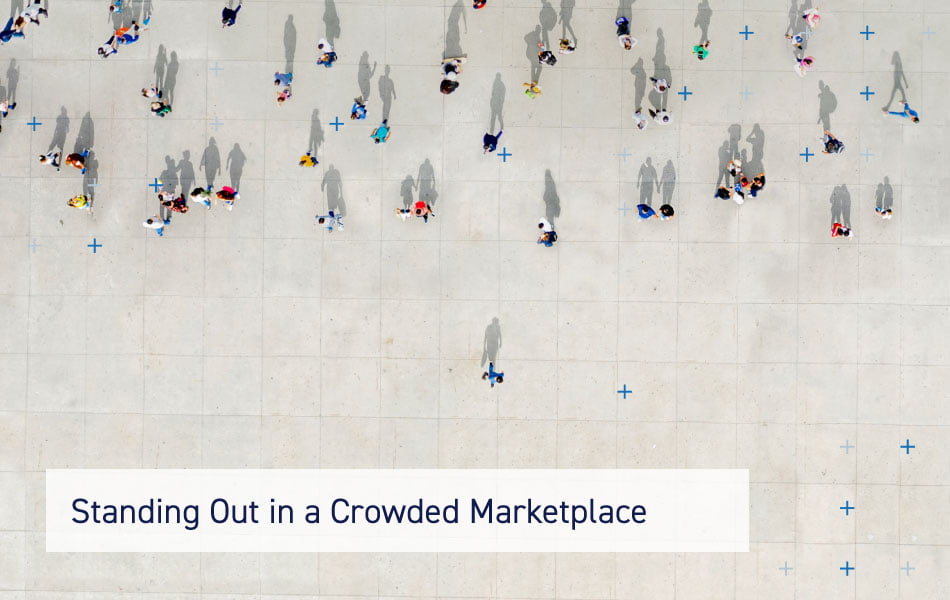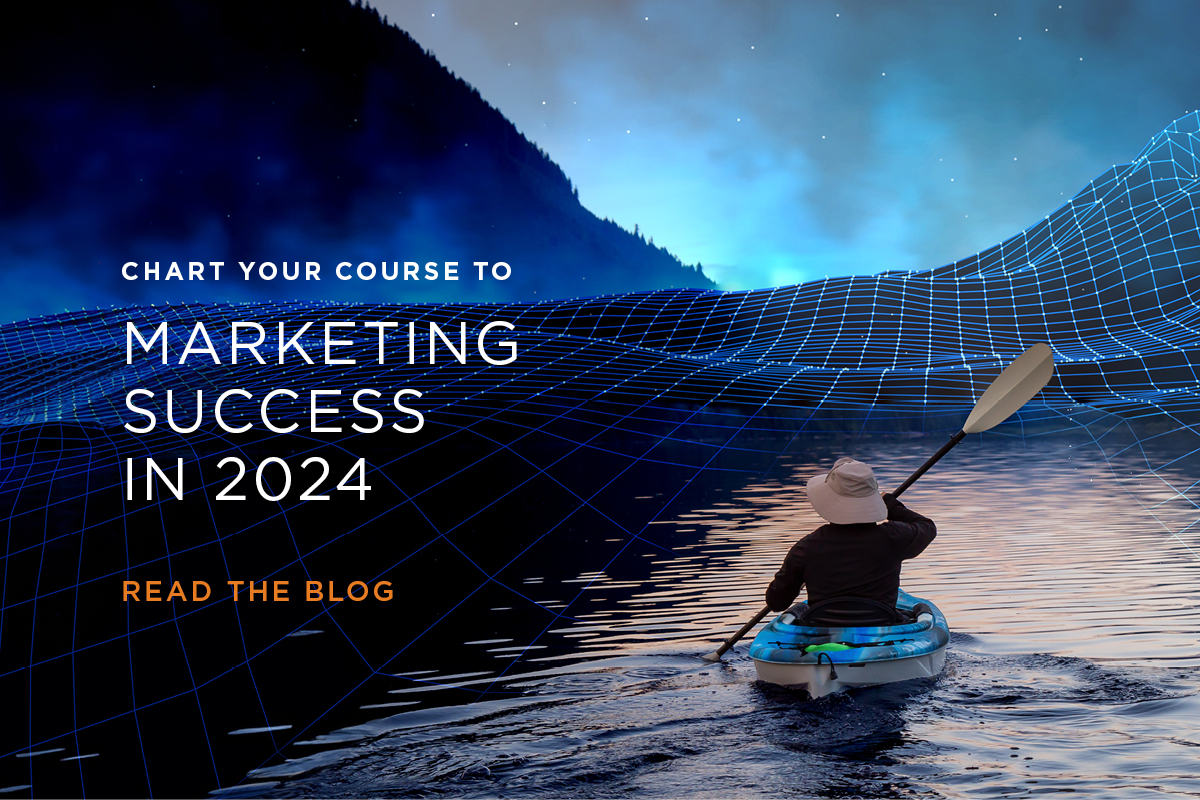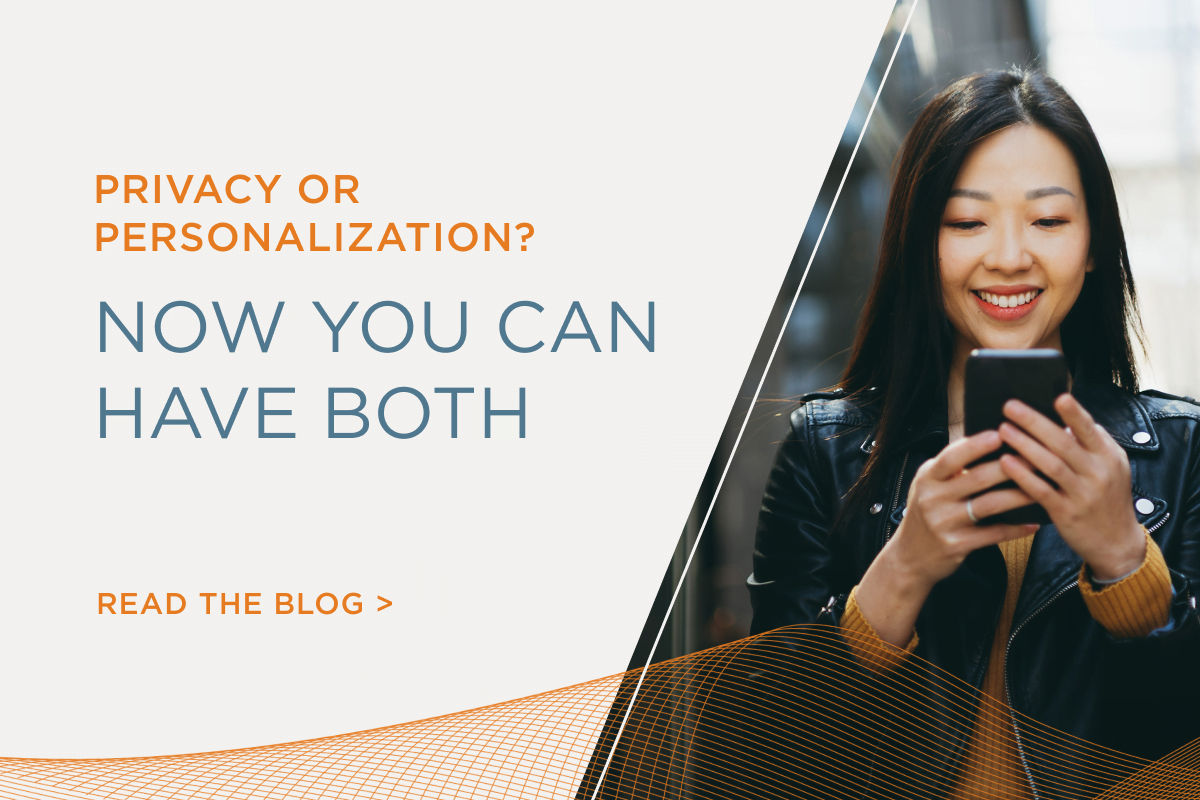Summary
The very nature of human interaction was transformed during the first half of 2020.
For many people, the risk of contracting COVID-19 has shrunk the world. Instead of going out on the town, they’re staying put and turning to their devices for inspiration, escapism, and connection with loved ones. Dinner dates now happen on our devices, and people you’d never expect to download an app like TikTok have taken to the platform to seek out creativity, be entertained, and post their own content.
Eventually, things will go back to normal — or as close to normal as possible. But what will likely remain is this newfound dependence on the digital world. Media consumption will remain up, and attention spans will continue to go down. The combination of those factors will make the need to reengage distracted consumers real and urgent.
Enter influencer marketing, which has the power to draw in even the most distracted consumers. This kind of marketing happens in an interactive medium filled with original, creative, and authentic content that’s curated by real people. It meets consumers halfway — and if they’re not coming to you, the best way to reconnect with disengaged buyers is to go to them.
Creating a Consumer Engagement Strategy
Influencer marketing campaigns can certainly lead lapsed consumers back into your world. However, it often starts with the following:
1. Empower influencers to put a unique spin on your story. One of your brand’s most valuable assets is its reputation, so it only stands to reason you’d do everything to protect it. But don’t let that prevent you from relinquishing some creative control or allow it to get in the way of your influencer’s success.
Instead, furnish influencers with good brand guidelines and a solid creative brief. And then just allow them to put their spin on your product or service and bring some new life. They will naturally humanize and evangelize your brand. When real creative liberty is given, the true benefits of influencer marketing reveal themselves.
2. Stretch your media investments. With creative freedom, high-quality influencers will produce amazing content for Facebook, Instagram, and other platforms that can be turned into social media ads served via their social handles. When we’ve worked with influencers like this, we’ve been able to run dozens of add-to-cart ads that resulted in an average click-through rate (CTR) of 0.90% — compared to the benchmark of 0.30%. And these ads move products! We’ve seen as much as 14.5 times as much in-cart value and seven times as many transfers compared to traditional brand social media ads or display.
It can be challenging to produce high-quality original content that’s relevant to an audience, but sharing the load with your influencers and then stretching their creative output across platforms can maximize ROAS.
3. Speed up message testing. Too often, businesses make assumptions based on their own brand voice that don’t always translate into messaging that connects with consumers. Instead of guessing, testing vast amounts of content allows the data to provide the answers.
With influencers handling some of your content production, you’ll have a lot of material from which to pull, which allows you to test at a greater clip. Turn those pieces of organic content into paid social ads served through influencers’ handles, and measure the effect of influencer marketing on CTRs, CPAs, and sales. Soon, you’ll identify the messaging that resonates most and supports your consumer engagement strategy. You may even find that you’re bringing lapsed consumers back.
As you optimize content and arrive at a winning message, leverage that content in other channels. Put it into a display piece, printed material, or layer it into an email activation. Rapid testing allows you to maximize your investment efficiently and shift your budget to a winning message to save thousands on ad wastage. Just be sure to keep measuring the effect of influencer marketing campaigns.
4. Send consumers shopping. When it comes to influencer marketing, most people frame it as awareness. But to see the real benefits of influencer marketing, you need to look for ways to drive consumers further down the sales funnel.
All it takes is a change in tactics by helping people go from their timelines to their shopping carts in a click or two. And with the changes in shopping behavior due to the pandemic, the demand for convenience is at an all-time high. Remove any friction by enabling tactics such as “add to cart” functionality to posts or a “shop now” feature to direct them exactly where they need to go. These changes can go a long way to bringing lapsed consumers back.
The potential effect of influencer marketing on sales shouldn’t be underestimated — that is, of course, if you leverage content correctly. Give influencers license to be original, test their creations, and use the content to support your consumer engagement strategy.
And above all else, give consumers an opportunity to buy. The path of least resistance will always win out.



